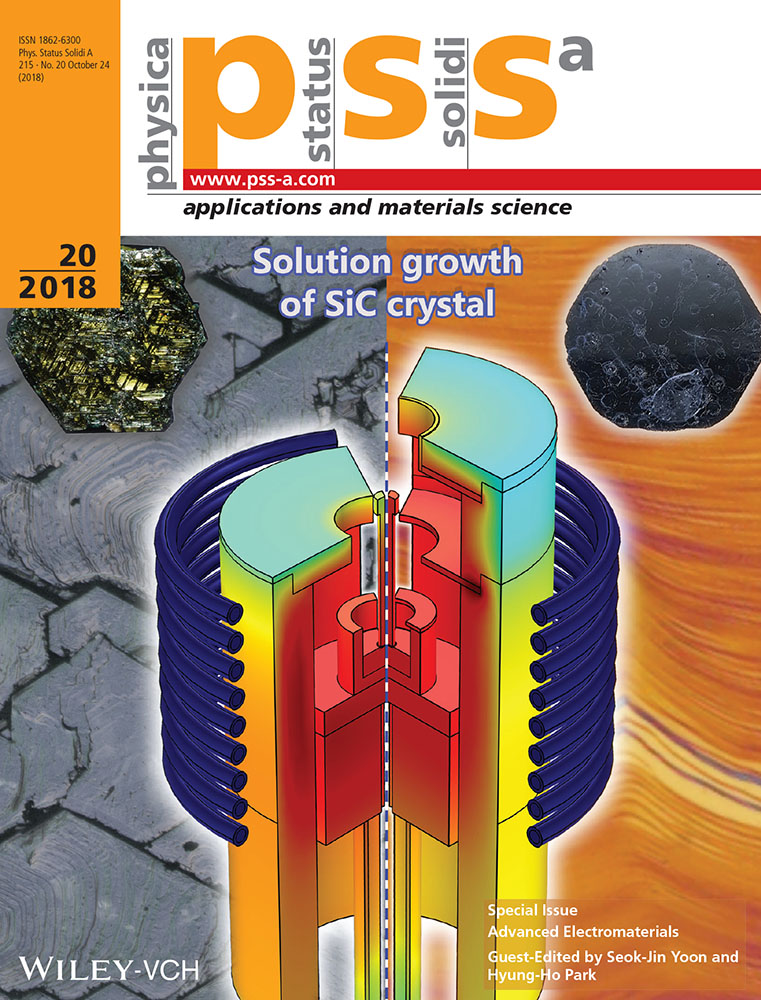Improvement of the Electrochemical Properties of Li3V2(PO4)3/C Cathode Material for Lithium-Ion Batteries
Abstract
The Li3V2(PO4)3 (LVP) cathode material is prepared via a sol-gel method wherein 2.5–15.0 wt.% carbon black dispersed in distilled water is added during the sol preparation process to produce a cathode exhibiting improved electrochemical properties. Analysis by X-ray diffraction shows that the prepared material exhibits a monoclinic LVP phase containing no impurities. In addition, the synthesized Li3V2(PO4)3 powder exhibits an irregular particle shape (average particle size 1–2 µm), with carbon black particles measuring tens of nanometers distributed on the surfaces of LVP particles. Coin half cells are then fabricated using this cathode material, and its electrochemical properties are evaluated in the voltage ranges of 3.0–4.8 and 3.0–4.3 V based on the carbon black content. More specifically, as the carbon black content is increased, the initial discharge capacity and rate performance improve, and the capacity retention increases between 3.0 and 4.8 V at 25 °C. Following charge/discharge cycling, the capacity retention of LVP/C between 3.0 and 4.3 V, but higher capacity is achieved compared to that of LVP.
Conflict of Interest
The authors declare no conflict of interest.




